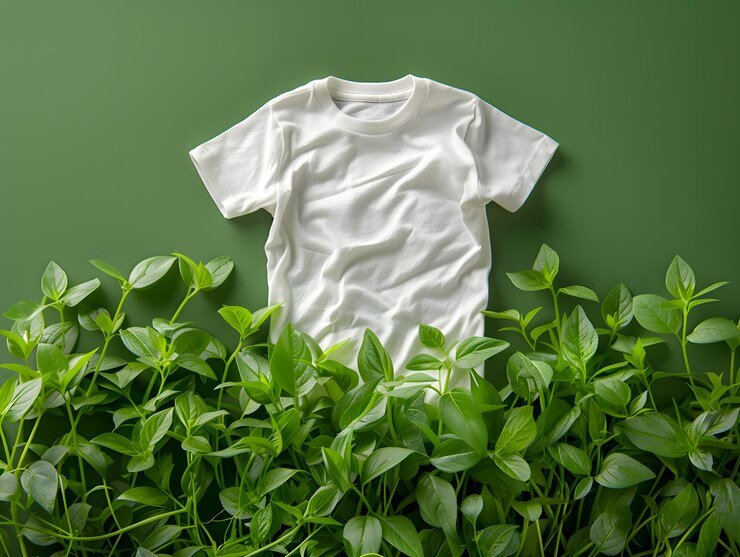As consumers become more conscious of the environmental impact of their choices, sustainable fashion has gained significant attention. Shopping and dressing responsibly not only helps reduce waste but also supports ethical labor practices and the use of eco-friendly materials. Here’s how you can embrace sustainable fashion while still enjoying stylish, long-lasting pieces.
1. Choose Quality Over Quantity
Fast fashion encourages buying cheap, trendy clothes that don’t last. Instead, focus on purchasing high-quality items that are durable and versatile. Well-made garments can withstand more wear and tear, reducing the need for frequent replacements. By investing in timeless pieces, you can build a wardrobe that lasts for years, minimizing your environmental footprint.
2. Opt for Sustainable Materials
The fabrics in your clothing matter. Look for materials that are organic, recycled, or sustainably sourced, such as organic cotton, hemp, or Tencel. These fabrics are produced with less water, chemicals, and energy than traditional textiles. Recycled materials, such as polyester made from plastic bottles, give new life to existing resources instead of generating more waste.
3. Support Ethical Brands
Not all brands follow sustainable practices. Do your research and choose to buy from companies that prioritize ethical labor conditions and environmentally friendly manufacturing processes. Brands that are transparent about their supply chain, fair wages, and sustainable materials contribute to a better fashion industry.
4. Buy Secondhand or Vintage
Secondhand shopping is one of the most sustainable ways to dress responsibly. Thrift stores, vintage shops, and online resale platforms offer a wide variety of pre-loved clothing. By purchasing secondhand, you’re giving clothes a new life and keeping them out of landfills. Vintage pieces also add a unique, timeless touch to your wardrobe.

5. Rent or Borrow Special Occasion Outfits
For events that require formal or one-time outfits, consider renting or borrowing clothes instead of buying something new. Clothing rental services allow you to access high-end, stylish pieces without the environmental cost of purchasing. This is especially useful for weddings, galas, or parties where you may not want to re-wear the same outfit.
6. Upcycle and Repurpose
Instead of discarding old clothes, get creative by upcycling or repurposing them. You can turn a worn-out shirt into a reusable tote bag or transform jeans into shorts. Simple sewing skills can go a long way in giving new life to your old wardrobe, reducing the need for new purchases.
7. Take Care of Your Clothes
Extending the life of your clothes is a key part of sustainable fashion. Properly washing, storing, and repairing garments helps them last longer. Follow care instructions to avoid damage, and consider air-drying instead of using a dryer to reduce energy consumption. For minor damages like missing buttons or small tears, learn basic repair techniques or take items to a tailor.
8. Practice Minimalism
A minimalist approach to fashion encourages owning fewer, more versatile pieces. By focusing on a capsule wardrobe, you can mix and match fewer items to create a variety of outfits. This not only reduces clutter but also limits the amount of clothing you need to buy, helping you avoid impulse purchases and unnecessary waste.
9. Avoid Harmful Dyes and Chemicals
Conventional clothing production often involves harmful dyes and chemicals that pollute the environment. Look for eco-friendly, natural dyes or dye-free clothing options. Brands that prioritize non-toxic production methods help minimize environmental damage and reduce the risk of skin irritation.
10. Dispose of Clothes Responsibly
When your clothes reach the end of their life, don’t simply throw them in the trash. Instead, recycle, donate, or sell them. Many fashion retailers now offer recycling programs where you can drop off old clothes for proper disposal. Donating wearable items to charity also ensures that they can be used by someone else.
Conclusion
Sustainable fashion is about making thoughtful choices that benefit both the planet and the people involved in the production process. By prioritizing quality over quantity, supporting ethical brands, and practicing mindful care, you can reduce your environmental impact while maintaining a stylish and responsible wardrobe. Every small step you take toward sustainability helps make a positive difference.




